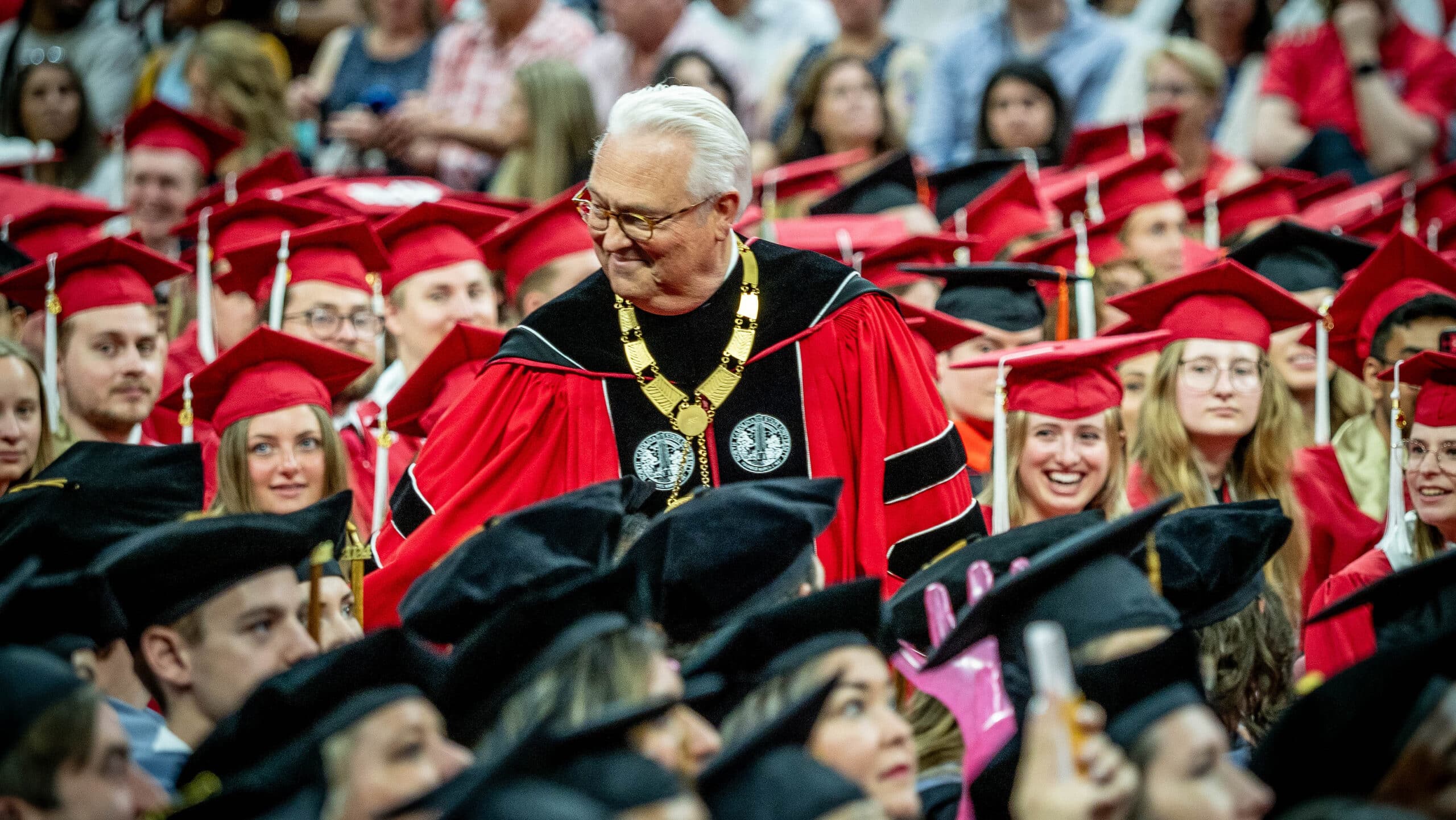The future of golf may lie in its past, where rolling fairways have brown edges that fade into varieties of native plants, not the water-sucking monotony of four-inch Bermuda rough.
That’s the look Pinehurst No. 2 sports once again thanks to a restoration launched four years ago by noted golf course redesigners Bill Coore and Ben Crenshaw with a little help from NC State researchers. The course is getting international attention over the next two weeks as the United States Golf Association conducts for the first time in history its two premier championships, the U.S. Open and the U.S. Women’s Open, at the famed course built in 1907 by Donald Ross.
It looks nothing like the course where the men played their championships in 1999 and 2005. It’s more reminiscent of the 1940s and ‘50s, when the course was Ross’ backyard, before others began to replace naturally occurring plants with acres and acres of Bermuda grass to create the orderly, kept appearance of an arboretum.
“A course as historic as Pinehurst No. 2 doesn’t have to be manicured to within an inch of its life. It can be a little wild.” — NC State crop scientist Danesha Seth Carley.
But that well-groomed look takes a lot of maintenance, chemical fertilizer and, most importantly, water. And solving water issues, says USGA Executive Director Mike Davis, is the most important challenge facing the golf industry.
“The biggest threat, long-term, to the game is water,” Davis says. “Whether it’s right now in certain parts of the country, or a hundred years from now, water is going to be the thing that ultimately is going to affect the game the most.”
That’s no small issue for North Carolina’s 556 golf courses, 52 stand-alone driving ranges and 44 miniature courses, which infuse $2.6 billion a year into the state’s economy and provide some 53,000 jobs. According to a 2011 study, golf’s direct revenues are comparable to agricultural crops ($2.6 billion); science, research and development services ($2.9 billion) and semiconductor components manufacturing ($2.9 billion).
So making the industry economically and environmentally sustainable is critically important to the state’s economy. And that’s the focus of NC State assistant professor of crop science Danesha Seth Carley’s research for Pinehurst over the last four years, as Coore and Crenshaw used aerial photos from the 1940s to recreate the original look.
With funding and corporate research support from Triangle-based Bayer CropScience, Carley and her students have helped Pinehurst identify the plants that have returned to the course since nearly 40 acres of manicured turf and some 700 irrigation sprinkler heads were removed.
Other than 10,000 sprigs of wiregrass, native to the Sandhills, the course was a blank slate for returning native vegetation. Carley created guidebooks for the Pinehurst maintenance staff to quickly identify the plants that were desirable to keep, like Eastern prickly pear, pine weed and toad flax. And she showed the staff which non-native, weedy and invasive species to eliminate before the plants took permanent root.
The native plants are generally less flashy, but easier to maintain in their natural habitat, Carley says. So spectators may not see the blooming azaleas or sea of green of The Masters in Augusta, Ga., but they could be seeing the next generation of golf course maintenance and design.
“One of the things I hope people will walk away with after the two Opens is that the traditional idea of a Southern country club golf course will be changed,” says Carley, who received her undergraduate degree in biology from Earlham College in Indiana, her master’s degree in entomology and plant pathology from Tennessee, and her doctorate from NC State. “A course as historic as Pinehurst No. 2 doesn’t have to be wall-to-wall Bermuda grass, manicured to within an inch of its life. It can be a little wild.
“Most courses don’t have the resources to do a whole-scale renovation the way Pinehurst No. 2 did, but anybody can start with a little area and do some of what Pinehurst did, if they are interested. This is an inspiration to reform their thinking about what golf courses need to look like.”

Pinehurst officials are quick to point out that the restoration of No. 2 – one of the oldest and most important public courses in the country – was done simply to take the course back to its original state. But they couldn’t be more pleased that by taking out the turf, removing much of the artificial irrigation and returning the rough to a more natural state, the course has reduced its water usage from 50 million gallons a year before the redesign to a little more than nine million gallons last year.
“Pinehurst wasn’t doing it for the economics of it,” says Carley, who did her postdoctoral work under NC State professor of environmental plant biology Tom Rufty. “They were taking it back to the original look of the course for that historical perspective. But from an economic standpoint, it is a great example of what could be done by courses across the country.”
The Pinehurst story will be told many times over the next two weeks, as the men begin their 72-hole championship on Thursday and the women begin play next Thursday. It’s the first time in history that the USGA will hold its two premier championships on the same course in successive weeks.
So the golf course, with two major championships and six days of practice rounds, will be under scrutiny as the USGA will push course superintendent Kevin Robinson, a graduate of NC State’s turfgrass management program, to create fast and firm fairways and greens. It’s a look that has been four years in the making, with research that could help change the way golf courses look for many years to come.
“This may look like golf in the past, in terms of the presentation of the course, but in so many ways, this is golf of the future,” Coore says. “In today’s world, with water issues, environmental impact issues, the costs associated … the majority of courses are going to have to go more in this direction.”
- Categories:


